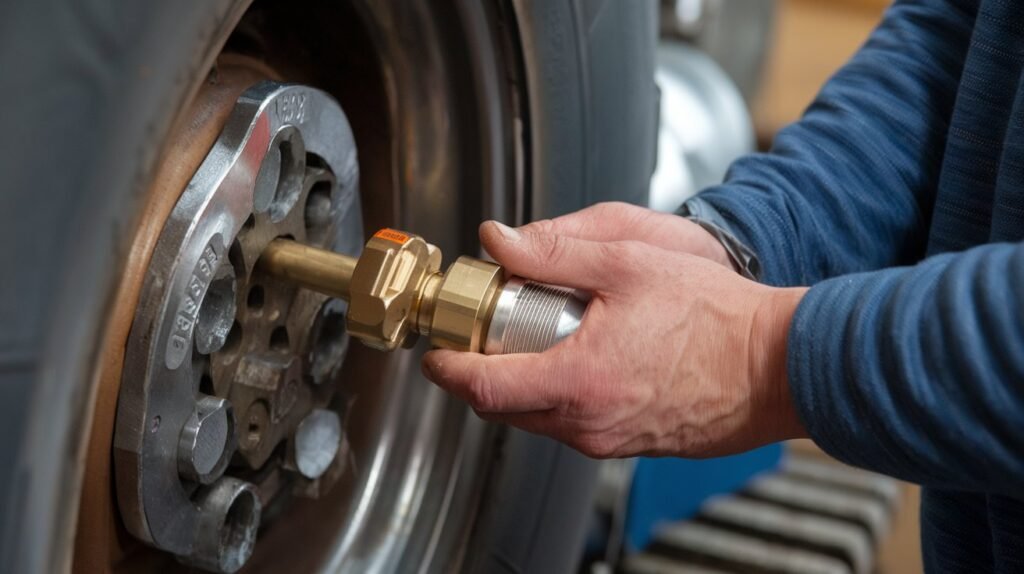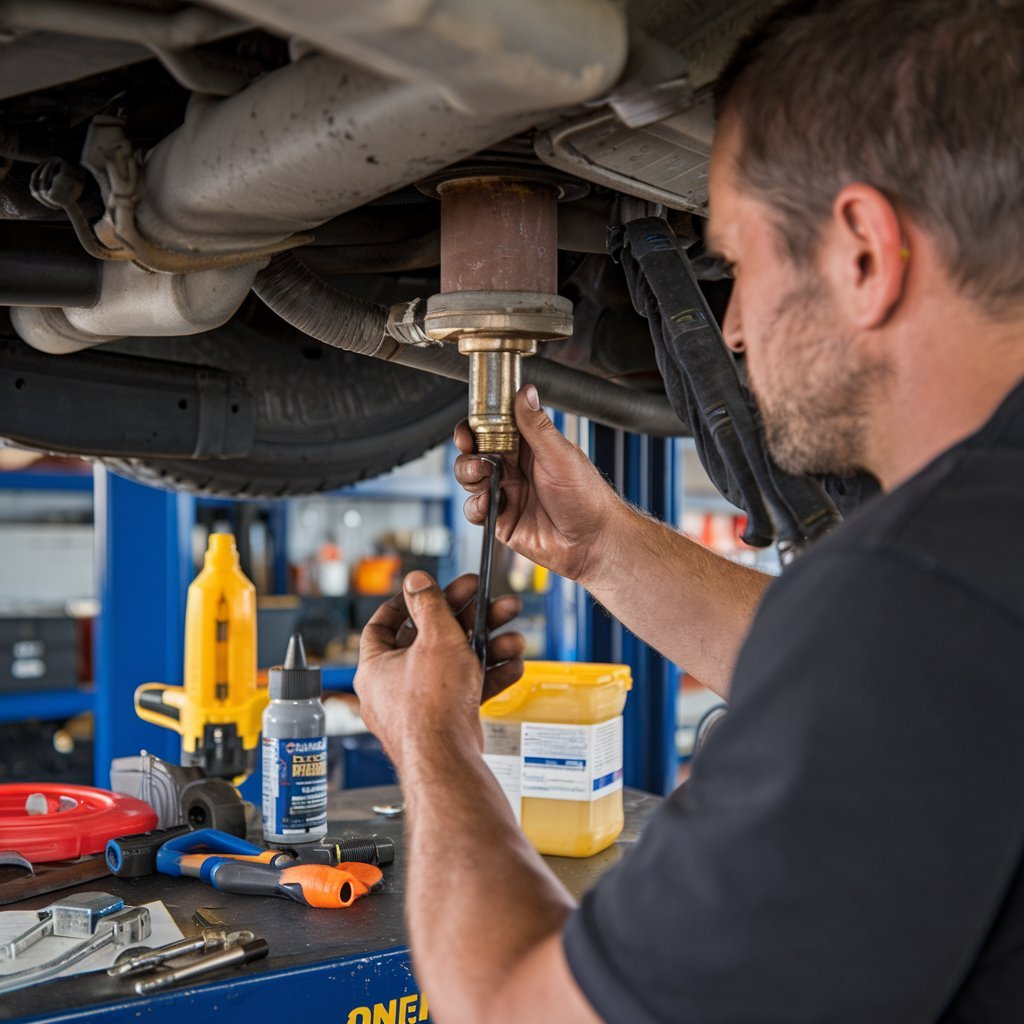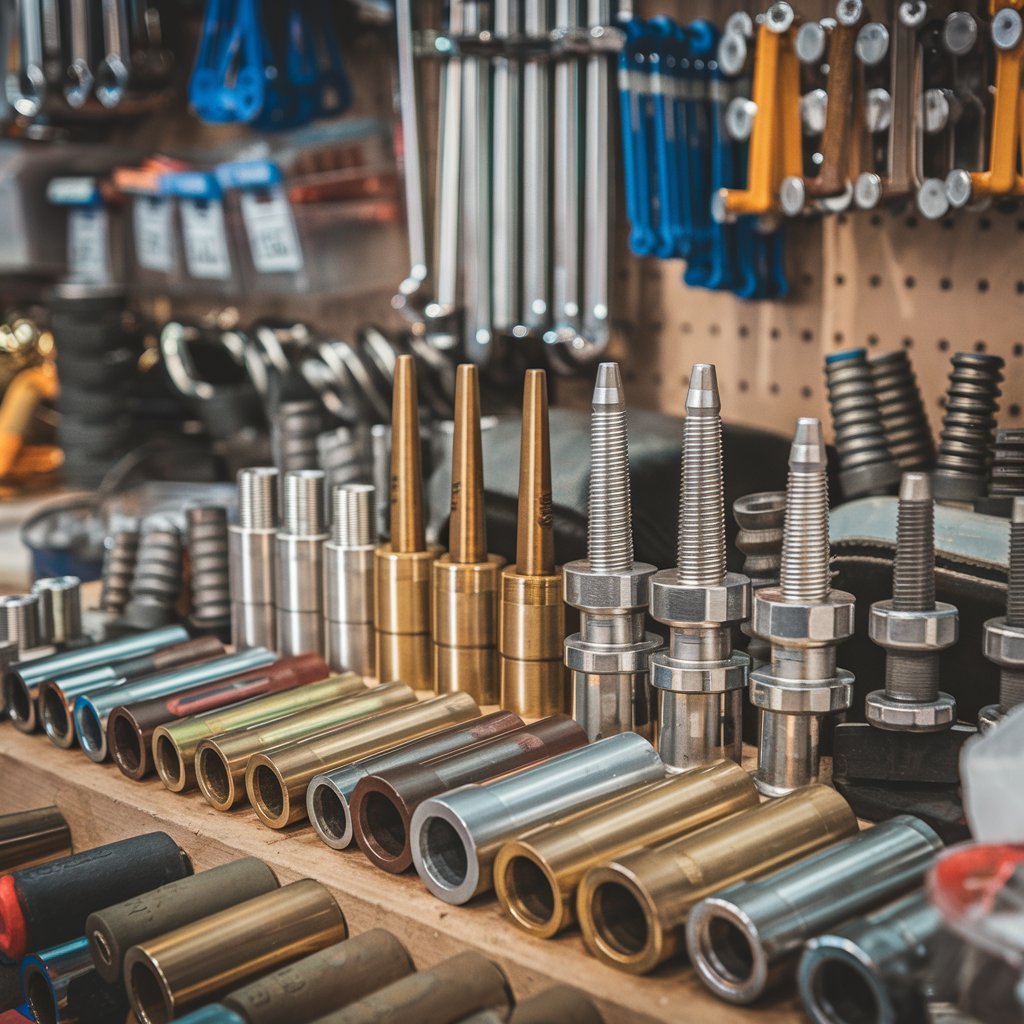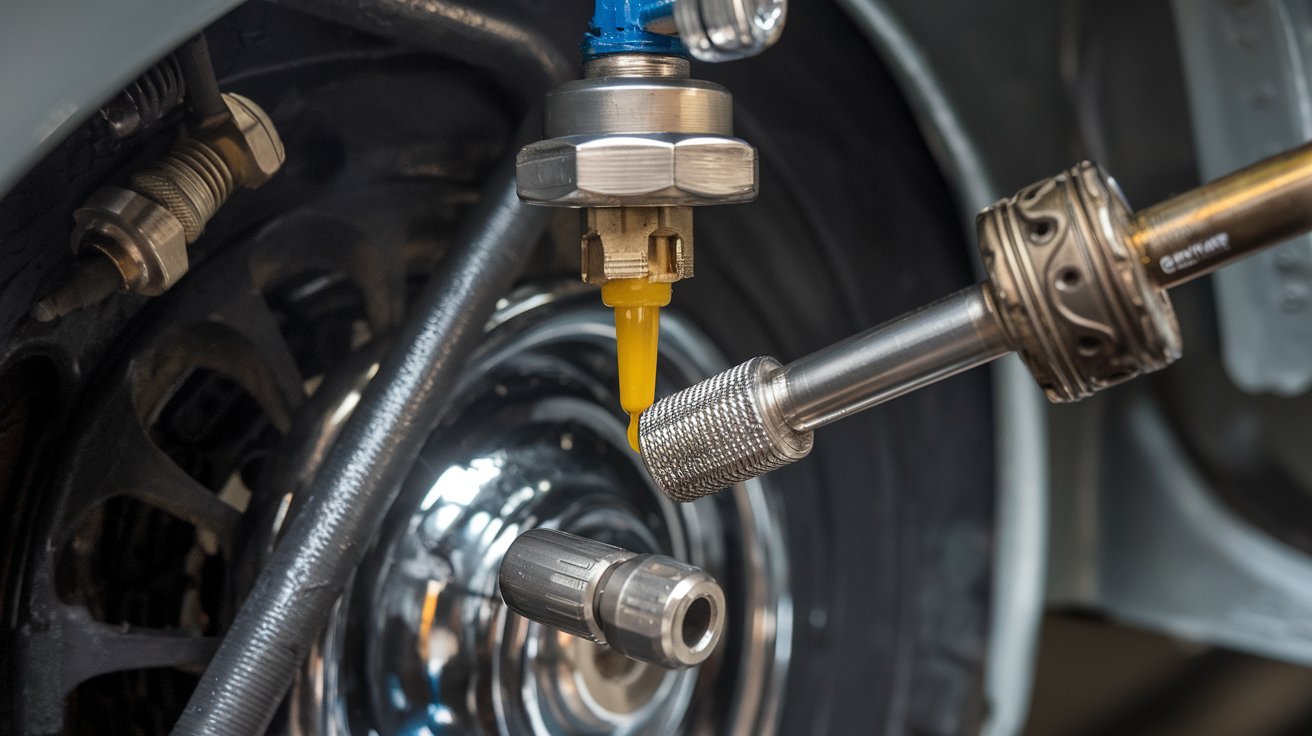Grease Fittings: Everything You Need to Know
What is a Grease Fitting?
Grease fittings, also known as Zerk fittings, are small, metal components used in machinery to facilitate lubrication. They act as access points through which grease can be injected into bearings, joints, and other moving parts to reduce friction and wear. These fittings are essential for maintaining the longevity and efficiency of mechanical systems.
The primary function of a grease fitting is to allow lubricants to be introduced into sealed or hard-to-reach areas without requiring disassembly. They help prevent contamination, reduce mechanical wear, and improve performance across various industrial applications.

Where Are Grease Fitting Used?
Grease fittings are widely used across different industries where lubrication is crucial for the smooth operation of machinery. Some of the most common applications include:
1. Automotive Industry
- Used in steering and suspension components such as tie rods, ball joints, and universal joints.
- Helps maintain smooth operation of wheel bearings and chassis components.
- Prevents rust and corrosion in vehicle parts exposed to extreme conditions.
2. Heavy Machinery and Construction Equipment
- Found in excavators, bulldozers, cranes, and other heavy machinery.
- Ensures continuous lubrication for high-friction parts like pivot points and hydraulic arms.
- Reduces downtime and increases the lifespan of expensive equipment.
3. Industrial Manufacturing
- Used in conveyor belts, assembly lines, and robotic arms.
- Minimizes wear and tear in industrial motors and gear systems.
- Helps maintain precision and efficiency in high-speed machinery.
4. Agriculture Equipment
- Essential in tractors, harvesters, and irrigation systems.
- Keeps farm machinery running smoothly by lubricating moving parts.
- Protects equipment from dust, dirt, and moisture.
5. Aerospace and Marine Industries
- Used in aircraft landing gears and control mechanisms.
- Prevents friction and enhances movement in ship components and marine engines.
- Ensures proper lubrication in extreme temperature and pressure conditions.

Types of Grease Fitting
Grease fittings come in different shapes, sizes, and materials to suit various applications. Some common types include:
1. Straight Grease Fitting
- The most common type, featuring a straight nozzle.
- Ideal for direct and easily accessible lubrication points.
2. 90-Degree Grease Fitting
- Designed for tight spaces where a straight fitting cannot be used.
- Helps in applications where the grease gun needs to approach from a different angle.
3. Flush-Type Grease Fitting
- Sits flush with the surface to prevent obstruction.
- Used in machinery where protruding fittings can cause interference.
4. Button Head Grease Fitting
- Larger and more durable, designed for heavy-duty applications.
- Commonly found in construction and industrial machinery.
5. Hydraulic Grease Fitting
- Designed for use in hydraulic systems that require consistent lubrication.
- Helps maintain fluid movement and prevents leakage.

How to Choose the Right Grease Fitting?
Selecting the appropriate grease fitting depends on several factors:
- Application Type: Consider whether the fitting will be used in an automotive, industrial, or agricultural setting.
- Size and Thread Type: Ensure compatibility with the machinery.
- Material: Common materials include stainless steel (corrosion-resistant) and brass (for high-pressure applications).
- Accessibility: Choose the right angle (straight, 90-degree, or flush) depending on the lubrication point.

How to Maintain and Replace Grease Fittings
To ensure optimal performance, grease fittings should be maintained regularly. Here’s how:
1. Inspection and Cleaning
- Check fittings for blockages, rust, or leaks.
- Clean fittings before applying new grease to prevent contamination.
2. Proper Lubrication Technique
- Use a compatible grease gun and lubricant.
- Apply pressure evenly and avoid over-lubrication, which can cause seal damage.
3. Replacing Worn-Out Grease Fittings
- If a fitting is clogged or broken, remove it using a wrench or extractor tool.
- Install a new fitting with the correct thread size.
- Test the new fitting by applying grease to ensure smooth flow.

Benefits of Using Grease Fittings
Grease fittings offer several advantages, including:
- Extended Machinery Lifespan: Proper lubrication reduces wear and tear.
- Reduced Maintenance Costs: Regular lubrication prevents expensive repairs.
- Improved Efficiency: Keeps moving parts running smoothly with minimal friction.
- Protection from Contaminants: Sealed fittings prevent dust and dirt from entering the lubrication system.
Where to Buy Grease Fittings?
Grease fittings are available at:
- Local hardware and automotive stores
- Industrial supply companies
- Online marketplaces like Amazon, Grainger, and McMaster-Carr
When purchasing grease fittings, ensure you select the right type, size, and material for your specific application.
Conclusion
Grease fittings are essential components in maintaining the efficiency and longevity of mechanical systems across various industries. Whether in automobiles, heavy machinery, or industrial equipment, proper lubrication through grease fittings ensures smooth operation, reduces maintenance costs, and enhances overall performance. By understanding their applications, types, and maintenance requirements, users can make informed decisions when selecting and using grease fittings for their needs.







Leave a Reply